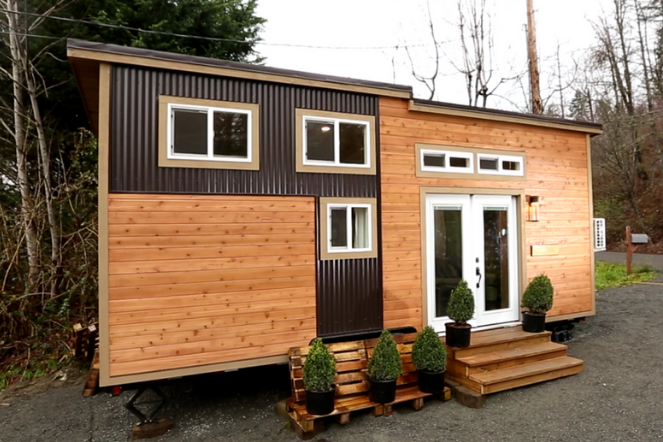minimalism
/ˈmɪnɪməˌlɪz(ə)m/
Noun
A movement that inspires individuals to live with less but live more meaningfully.
As we head into a fresh new decade, one of the trends that has seemed to have stuck around is the idea of minimalism.
The concept of minimalism isn’t just about having less things. It’s about being conscious of the intentions and having an awareness of your materials and possessions. It’s not really a set of guidelines to follow, instead it’s a shift in mindset.

Throughout history, we’ve seen many different cultures and religions speak of letting go of material possessions for clarity and enlightenment. From Buddhist monks and Catholic nuns giving up possessions for wisdom and devotion to the concept of ‘Ma’ in Japanese culture.
Perhaps one of the reasons this idea of minimalism has struck a chord with mainstream society today is because we’re finally feeling burnt out from mass consumerism and advertising. Capitalism has created a system that makes us overconsume because we somehow feel that our happiness and fulfillment depend on that.
It makes sense how concepts like Marie Kondo’s KonMari method, the idea of a capsule wardrobe and other minimalistic forms of living came to fruition. It makes us feel like we have some semblance of control (real or not, that’s for you to determine) of our lives and our habits.
There’s one very interesting concept that’s on the rise: living in a tiny house.

The Tiny House Movement
The Tiny House on Wheels concept was popularised by Jay Shafer who designed his very own tiny house. It was a 96 square ft little home on wheels which he and his wife lived in. He later went on to offer the first plans and blueprints for tiny houses and founded his own company, Tumbleweed Tiny House Company.
The idea behind the tiny house was to create a minimalistic form of living: one that reduces waste, consumption and taking up land. The tiny home movement initially took off in the United States when the recession hi, as it gave people an affordable, ecologically friendly way of living. From there it started gaining international popularity, including in Australia.

What is even in a tiny house?
Tiny houses are dwellings that are around 37 square metres or less. If you search up tiny house on Pinterest, you’ll come across numerous images of neatly packed little houses—a small kitchen area, a bed at the back or at the top (loft style), a shower and maybe enough space for a small-medium sofa.
The pictures you see truly paint your ideal minimalist living. Everything you need in one small space: views upon views of greenery, aesthetic decorations and fairy lights — a dream come true for the modern millennial trying to find a place in the midst of the housing crisis and environmental change.
The reality?
Lindsay Graham PhD, a research specialist at the Center for the Built Environment at the College of Environmental Design looked into the psychology behind the tiny house movement. In her research she found that the drive for living in tiny houses centres around the desires of modesty and conservation, in addition to other values like sustainability, self-sufficiency and living a life full of adventure.
Graham also co-wrote a paper on home environments that suggest individuals’ emotional states are highly influenced by their home environment as it is an area that enables many social interactions and also forms power dynamics between the habitants.

However, the tiny house movement has seemingly appealed to a broad demographic of individuals, even ones outside the characteristics of a typical tiny house enthusiast.
Graham notes that in order for tiny houses to succeed, architects need to collaborate with psychologists. NASA, for example, talks to psychologists to understand how the physical space of a shuttle might affect the astronauts. In a similar fashion, it’s important to understand the mental barriers that might put people off from tiny houses and to understand how to cater tiny houses for individuals of varying needs.
The idea of letting go of materialistic things definitely has its appeal, but the transition to that lifestyle isn’t for everyone—a lot of effort and sacrifice goes into it.
So, where are we now?
The jury is still out on the future of tiny houses and how they fit into broader society. However, there are many efforts across Australia to give us a taste of tiny home living. From the first tiny house in NSW to a tiny home festival held in Bendigo, this form of minimalistic living is definitely peaking some interest.
Big Tiny even gives the opportunity for those in rural areas to host tiny houses on their land, while giving city-dwellers and tourists the opportunity to have a little getaway in tiny homes to see if this style of living is for them.
Tiny houses seem like a great concept in theory, but can we shift away from old habits or is this form of living just too minimal?
Featured Image source: loom & leaf

